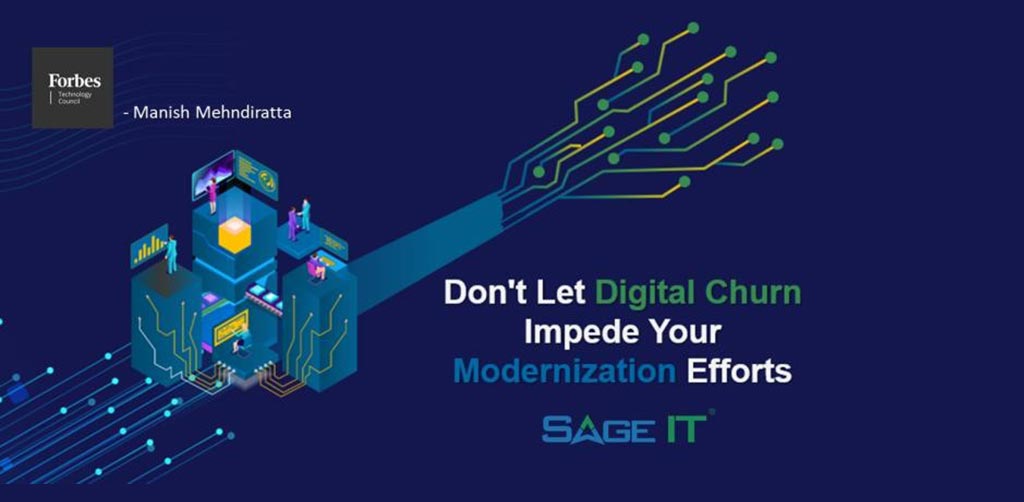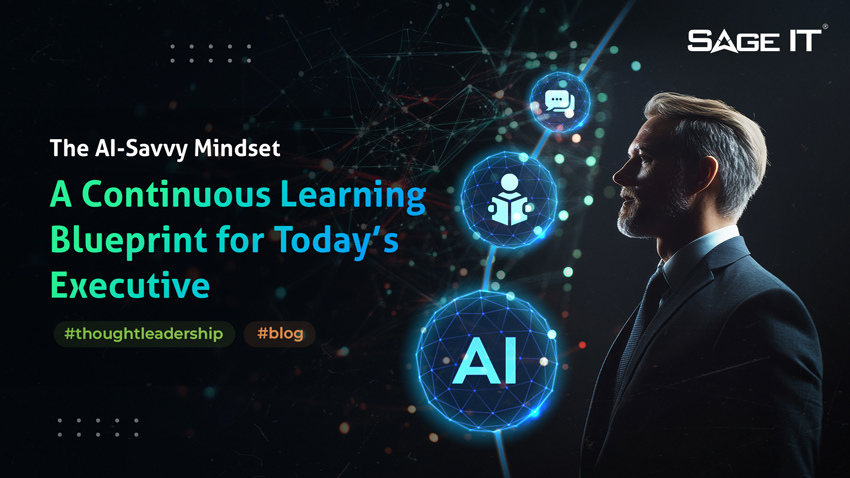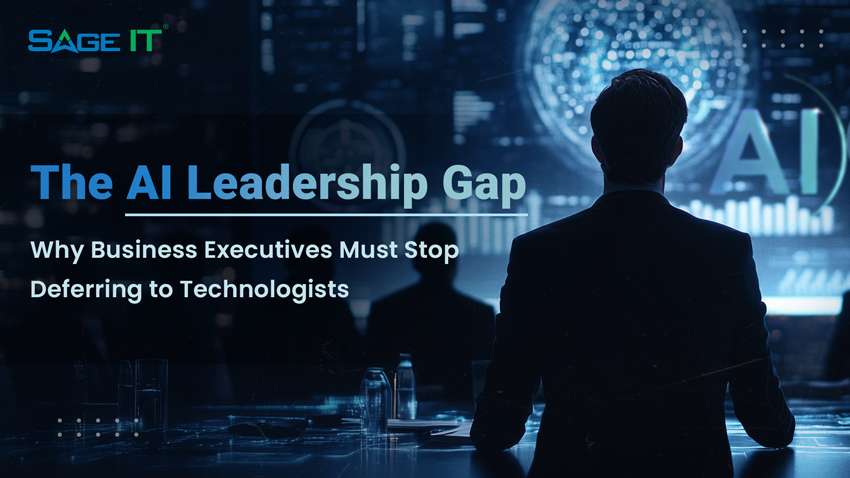“In the industrial world, the word “churn” is often used to describe a system of waste, where valuable resources are presented to but not accepted by the intended market. “Customer churn” refers to the wasted consumer acquisition costs that occur when those potential buyers don’t become long-term customers.

The phrase “digital churn” can be used to describe the wasted corporate resources spent pursuing a flawed modernization initiative. These companies spend millions but don’t achieve their intended goal of a modernized organization.
What most of these leaders don’t understand, however, is that simply fixing the flaws in their modernization strategy can remedy the situation and put their enterprise back on track to a fully realized and modernized overhaul.
Digital Churn = Waste
These days, digital churn seems to be rampant in every industry as corporate leaders pursue modernization efforts to provide added value and bigger profits. The numbers reflect that most of these efforts are failing, however. A 2019 Couchbase study estimated that the rate of failure for companies endeavoring to achieve a modernized reality stands at 86%, while a 2016 McKinsey study estimated that 70% of large-scale modernization efforts don’t realize their intended goal. Deloitte agrees with the 70% estimate and adds that it takes an average of three years for the modernization project to pay off in the markets, and that’s only when the strategy was well-conceived and executed. Companies that fail to achieve their modernization goals lose far more resources when that project drags well beyond the three-year mark.
So what project factors are today’s leaders getting wrong that are causing the failures? And what can they do to reverse that trend? In many cases, it starts with an inability to comprehend the true depth and breadth of the modernization process.
Study, Then Strategize
An actual modernization project will implement today’s modernized technologies to replicate or improve on the functions of legacy programming. But modernization isn’t the same as simply updating your software. There’s a dramatic differentiation between today’s cloud, hybrid, and mobile technologies and yesterday’s legacy programming, with the new opportunities functioning distinctly differently from the old. There’s no “plug and play” in the process.
Instead, leaders must re-envision how they want their enterprise to function in the future and then find the modernized platforms and systems that will achieve those goals. Further, they must also maximize as much as possible the value of their current systems to retain the value of those assets. The modernization strategy, then, becomes one of marrying existing assets to newly devised programming to achieve gains that aren’t achievable through the current configuration.
To begin the process, corporate leadership must assess and evaluate their organization from a variety of perspectives and use what they learn to inform their next steps.
Assess Your Desired Future …
To achieve a goal, you must first articulate it. Too many leaders fail to define the parameters of what success will look like, nor do they adequately convey those thoughts to their teams, setting a project up for failure before it begins. Take the time to articulate and define what you want your company to achieve, in all relevant terms: speed to market, market share, industry leader, reduced costs — whatever your particular goals might be. Then share those goals with and get buy-in from your team leaders and workers.
Moving forward, the vision you’ve created for your organization’s future should be your guiding beacon for every next step you take to make over its present configuration. No action, investment, practice or procedure should be approached without first clarifying where it fits and how it will function in that future corporate iteration.
And Your Present
This process is also critical to project success: You must also clarify how your current setup is impeding your progress toward the future you want to have. Pursuing your future strategic goals will require reimagining your current setup to either retain it in a modified form or replace it with new technologies. Identify the gaps in your systems that will prevent them from achieving your projected future functioning, and then look for new programming that will address those gaps.
Keep in mind, too, that how your organization functions will also change based on the new tools and systems it implements. Data flowing into its different departments will become more relevant across broader corporate sectors, and sharing and using that information wisely will be essential to your company’s success. Those data sharing principles — including authorizations, access, usage and security — must also be included in your systems review.
Once you’ve identified the revised assets and systems that you need, you can then work on determining how to obtain, architect and implement them.
Assess Your Leadership Skill Set
Another common denominator in modernization failures is overlooking the labor force. Yes, automation offers amazing benefits, but your human assets will always be in charge of keeping those robots running. According to Deloitte, leaders who fail to keep their workforce running — and enthused, well-trained and engaged — present significant hurdles to their successful modernization efforts:
- Overbearing and overconfident “leadership” derails 20% of modernization projects.
- Failing to inspire workers to join the transformation process plays a part in as many as 50% of project failures.
- Failing to clearly articulate an engaging vision shuts down as many as 40% of all modernization efforts.
Leadership skills are clearly a critical component in a successful digital transformation strategy; spend some time honing yours before you take that particular show on the road.
Stop Churning — Start Planning
Churn is expensive. Every project has costs, and failed projects multiply those costs. Your enterprise offers excellent goods and services, which can easily compete against current and future competitors. However, it needs modernized systems to maintain its competitive edge. Following these suggestions before devising your digital transformation strategy enhances your chances to be one of the few organizations that completes its modernization project successfully.
POST WRITTEN BY
Manish Mehndiratta
Director, Digital Modernization | Principal Architect | Technology Evangelist for at Sage IT Inc











